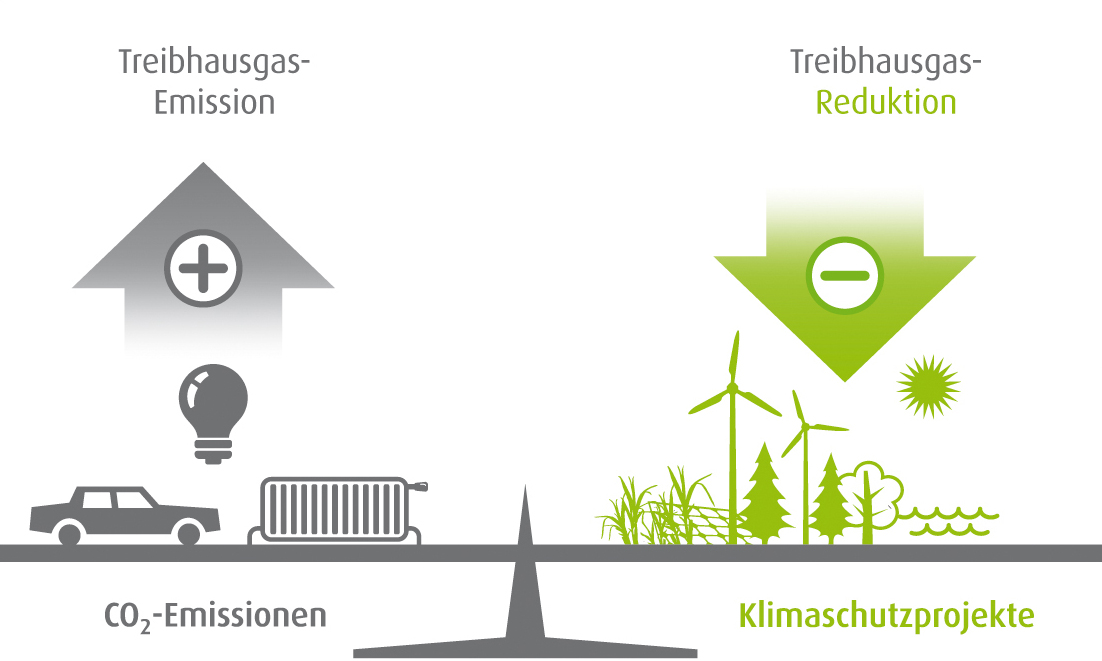Climate-neutral printing

An environmentally friendly production method is our obligation. We have been able to significantly reduce all emissions. To protect the natural environment and to protect our employees.

An environmentally friendly production method is our obligation. We have been able to significantly reduce all emissions. To protect the natural environment and to protect our employees.
This website uses cookies - you can find more information on this and your rights as a user in our privacy policy at the bottom of the page. Click on "Accept selected" to accept cookies and visit our website directly. Read more...
| Name | Domain | Zweck | Ablauf | Art |
|---|---|---|---|---|
| wpl_user_preference | cpi-print.de | This cookie is necessary to remember the selection of the cookies you have accepted | 1 month | HTTP |
| swpm_session | cpi-print.de | Session cookie for the internal (login) areas of cpi-print.de | 1 day | HTTP |
| fuerNewsletterAngemeldet | cpi-print.de | Saves an already completed link to the CPI newsletter service | 1 year | HTTP |
| rbrDesign | cpi-print.de | Saves the selected design of the back width calculator | 1 year | HTTP |
| Name | Domain | Zweck | Ablauf | Art |
|---|---|---|---|---|
| _gid | cpi-print.de | A cookie that is used by Google Analytics to distinguish users | 1 day | HTTP |
| _ga | cpi-print.de | A cookie that is used by Google Analytics to distinguish users | 2 years | HTTP |
| __qca | cpi-print.de | A cookie that is used by Google Analytics to distinguish users | 1 year | HTTP |
| _gat_gtag_UA_155730405_1 | cpi-print.de | Session Cookie for Google Analytics | 1 day | HTTP |



